Published: 13.7.23
Updated: 29.8.24
Picture this: You're zooming down the track, wind rushing past your face as you feel the surge of adrenaline.
This adrenaline rush is amplified if you know your way around a go-kart.
Here's a guide to enhance your go-kart racing performance from beginner to pro. 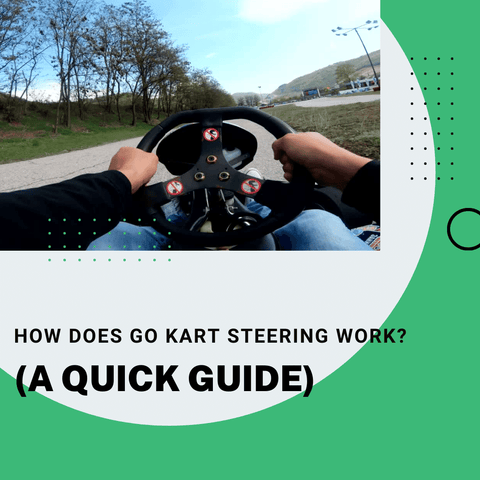
You grip the wheel of your go-kart, preparing to make the turn ahead.
Do you wonder how you can improve at it?
You can read this article on how to improve at go-karting.
Which begs the question: Have you ever paused to wonder what magic lets you steer your kart with such precision?
Have you ever asked why go-karting is so tiring?
It's not just about turning the wheel - there's an intriguing science behind it.
You might also be interested in the science of go-karting.
The mechanics of go-kart steering are surprisingly intricate. It's a blend of various elements working together, a symphony of movement that controls your path.
This knowledge doesn't just satisfy your curiosity; it can also elevate your go-karting experience, making each turn more purposeful and each ride more thrilling.
Related: Do Go Karts Have Power Steering?
Here is the short answer to: How Does Go Kart Steering Work?
A go-kart steering system operates through a sequence of interconnected components, ensuring precise turns. When the aluminium-made steering wheel is turned, it moves the steering shaft connected to it. This motion is transferred to the Pitman arm, which influences the left and right tie rods. The tie rods, in turn, manipulate the spindles attached to each wheel, initiating a turn. This orchestration of mechanical elements allows the go-kart to navigate corners effectively and respond to the driver's input swiftly and accurately.
The Science Behind Go Kart Steering

The steering system of a go-kart, while simple in its design, comprises several key components that work seamlessly together to enable the vehicle to take precise turns.
The length of the lever in the steering system, for instance, dictates movement and force, a crucial principle in steering operation.
Related: How Much Does an Electric Go-Kart Weigh? (IT VARIES)
Key components of go-kart steering
To fully understand how a go-kart steering mechanism functions, it's necessary to delve into the key components that constitute it:
The steering wheel
The most apparent element, the steering wheel, typically constructed from aluminium, is your main control interface.
Higher-quality variants come wrapped in neoprene and feature moulded finger grip grooves, offering an ergonomic grip for the rider.
The steering shaft
The steering shaft acts as a connector, bridging the gap between the steering wheel and the Pitman arm, the latter being attached to the tie rods and spindles.
Ensconced within a protective tube, the shaft serves a pivotal role in the steering process.
Tie Rods
The tie rods, when manipulated by the Pitman arm through steering wheel input, pivot the spindles, causing the wheels to veer either left or right.
Spindles
Attached to the front wheels, the spindles, pivotal in operation, induce wheel rotation when the tie rods move, driven by steering wheel commands.
Ackerman steering system
Finally, the Ackerman steering system, a setup with levers attached to each steering knuckle, brilliantly accounts for differences in tyre speeds, optimising the kart's cornering capabilities.
Related: Are All Go Karts Rear Wheel Drive?
The Art of Turning a Go Kart

Negotiating turns with a go-kart entails a meticulously calculated mechanism, primarily pivoting on the centre of the tyre.
The mechanism of turning
When you swivel your steering wheel, the spindle turns correspondingly, causing the angular motion of the front wheels that is essential to negotiate a turn.
The design of the steering mechanism is centred around this crucial turning point.
Importance of a secure steering mechanism
It's of paramount importance that the steering mechanism of a go-kart is tight and secure to prevent any malfunctions.
A loosely held system may lead to impaired control or even accidents.
Alignment: The key to improved handling
Proper alignment of the steering components can greatly enhance the kart's handling, making the ride smoother and more controlled, particularly when negotiating sharp corners or performing high-speed manoeuvres.
For more, check out these tips and tricks on how to turn corners faster while go-karting.
What Happens When You Add Power Steering to Your Kart?
Introducing power steering to a kart, while making the steering process easier, does come with its share of caveats.
This upgrade increases the kart's weight and can potentially decrease engine power, making it a choice to be considered carefully based on your specific karting needs and expectations.
Related: How Do Go-Karts Work?
Common Steering Issues and Maintenance Tips
Ensuring a safe, smooth go-kart ride goes beyond the track—it starts with understanding the steering system's common issues and maintenance requirements.
And if you're questioning "Will I fit in a go-kart?" or whether you should drift go-karts during races, you'll find your answers in these articles.
This knowledge can prevent potential mishaps, extend your kart's longevity, and enhance its performance.
Common steering issues
Even the most well-maintained go-karts can face issues related to steering.
For instance, misalignment, loose tie rods, worn-out spindles, and defective Pitman arms can all impact steering efficiency.
Being aware of these issues can help you diagnose and rectify any anomalies early, ensuring a safer and smoother karting experience.
Maintenance Tips
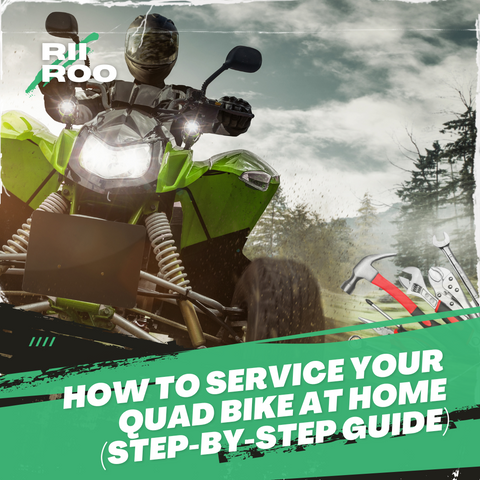
Regular maintenance is key to the longevity and performance of your go-kart's steering system.
Periodic checks and adjustments of alignment, inspection for any wear and tear in the tie rods and spindles, and ensuring the tightness of all connections can significantly reduce the risk of steering issues.
Furthermore, keep an eye on the condition of the steering wheel itself, ensuring it provides a comfortable and secure grip at all times.
In Summary
To wrap things up, go-kart steering is a fascinating mix of physics, mechanical engineering, and racing know-how.
And in case you ever wondered about the differences between go-karting vs driving a car, we have an article that unveils them.
From the moment you grip the steering wheel, every twist and turn sets off a chain of mechanical actions, courtesy of the integrated elements like the Pitman arm, tie rods, and spindles.
The magic behind that exhilarating turn lies in the ingenious Ackerman steering system, leveraging differing tire speeds for effective cornering.
And while adding power steering may seem tempting for smoother control, remember that it could add weight and potentially sap engine power.
Understanding the common issues and maintenance practices can also enhance your go-karting experience, ensuring a safer and smoother ride.
With the tricks of the trade to steer a kart like a pro under your belt, you're all set for an even more thrilling go-karting experience. Knowledge truly does power your ride.
So, the next time you're on the track, feel the wheel, embrace the turn, and appreciate the complex choreography of mechanics that powers your every move.
Related: Does Go Kart Racing Have Pit Stops?
FAQ’s:
What are the different types of go-kart steering systems?
While the Ackerman steering system is commonly used due to its effective cornering capability, there are other types of steering systems employed in go-karts. These include the oversteer and understeer systems. Oversteer is when the kart turns more than the driver intends, often leading to spins if not controlled correctly. Understeer, on the other hand, is when the kart turns less than the driver intends, often causing the kart to move wide of the intended line. The type of steering system installed greatly depends on the design of the kart and its intended use.
Why is go-kart steering so heavy?
Go-kart steering can feel heavy due to several reasons. One is the absence of power-assisted steering systems that are commonly found in regular cars. This means the driver is responsible for all the force needed to turn the kart. Another reason is the kart's design and weight distribution. Go-karts are typically designed with a low centre of gravity, meaning they are less likely to roll over during turns. However, this design also means that there is more weight pushing down on the tyres, which can make the steering feel heavy.
How do you steer a kart?
Steering a go-kart involves more than just turning the wheel. It requires a good understanding of the kart's mechanics, the track layout, and the driving conditions. A common technique is to use the "outside-inside-outside" line, where you start the turn from the outer edge of the track, hit the inside edge at the apex of the turn, and then return to the outer edge. This allows for a smoother turn and maintains higher speeds. It's also important to remember to not oversteer or understeer, as both can affect the kart's performance and the driver's safety.
Additional Resources
If you're interested in learning more about the intricacies of karting, here are some additional resources:
Get in Touch
That's it for our deep dive into the world of go-kart steering. We hope you found this information not only enlightening but also practical for your next go-kart racing adventure.
At RiiRoo, we're passionate about providing our community with informative and insightful content about ride-on toys.
As you now understand, there's so much more to go-karting than just pushing the pedal and steering the wheel - and that's exactly what makes it so exciting and rewarding.
Now, with the knowledge you've gained, you're more equipped than ever to take your go-karting experience to the next level.
If you're curious to explore more or have any specific questions about kids' ride-on toys, we're here to help!
Visit our website at RiiRoo.com for a wide variety of guides, blogs, and product insights.
Or feel free to reach out to our friendly team via Live Chat or by e-mailing us at hello@riiroo.com. We'd love to assist you further!
Remember, whether it's selecting the perfect ride-on toy, understanding its mechanics, or enhancing your little one's playtime experience, RiiRoo is your trusted companion.
Let's make every ride an adventure to remember.


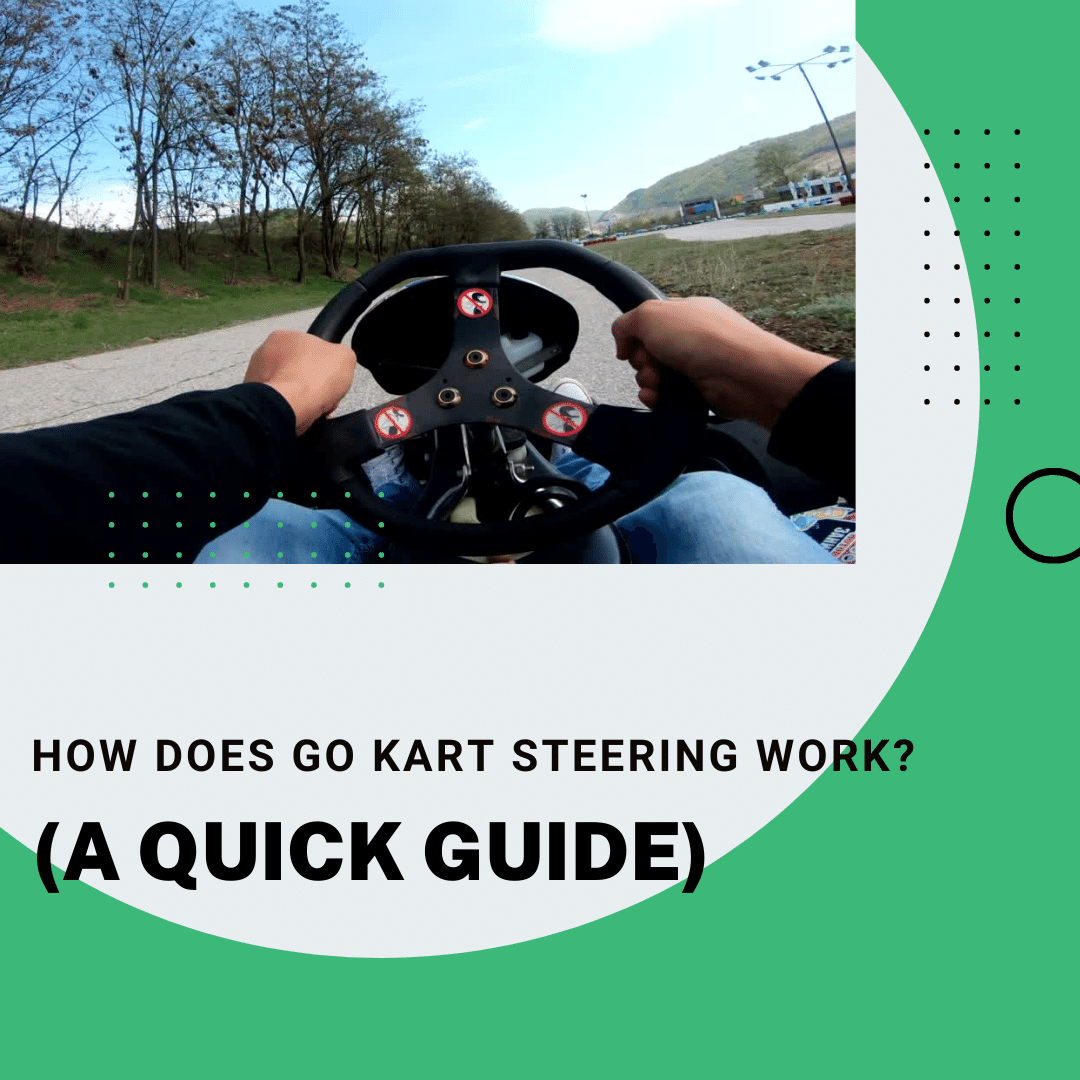

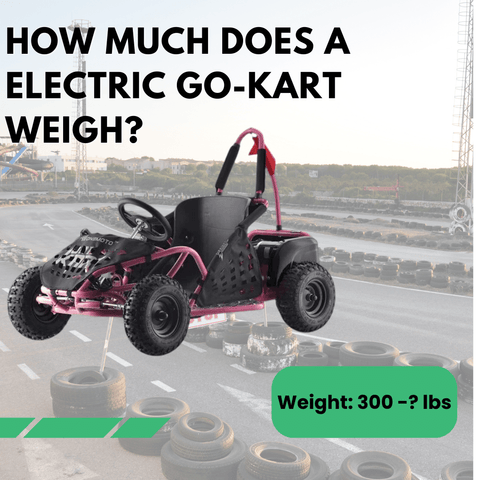
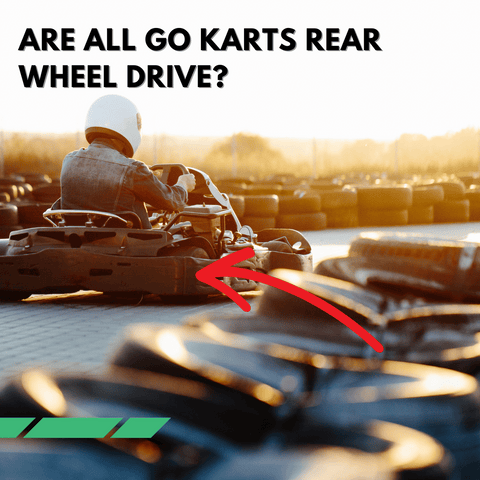






Share:
Do Diesel-Powered Go-Karts Exist? (IS IT A MYTH?)
Why Does My Body Hurt After Go-Karting? (+ The Remedies)